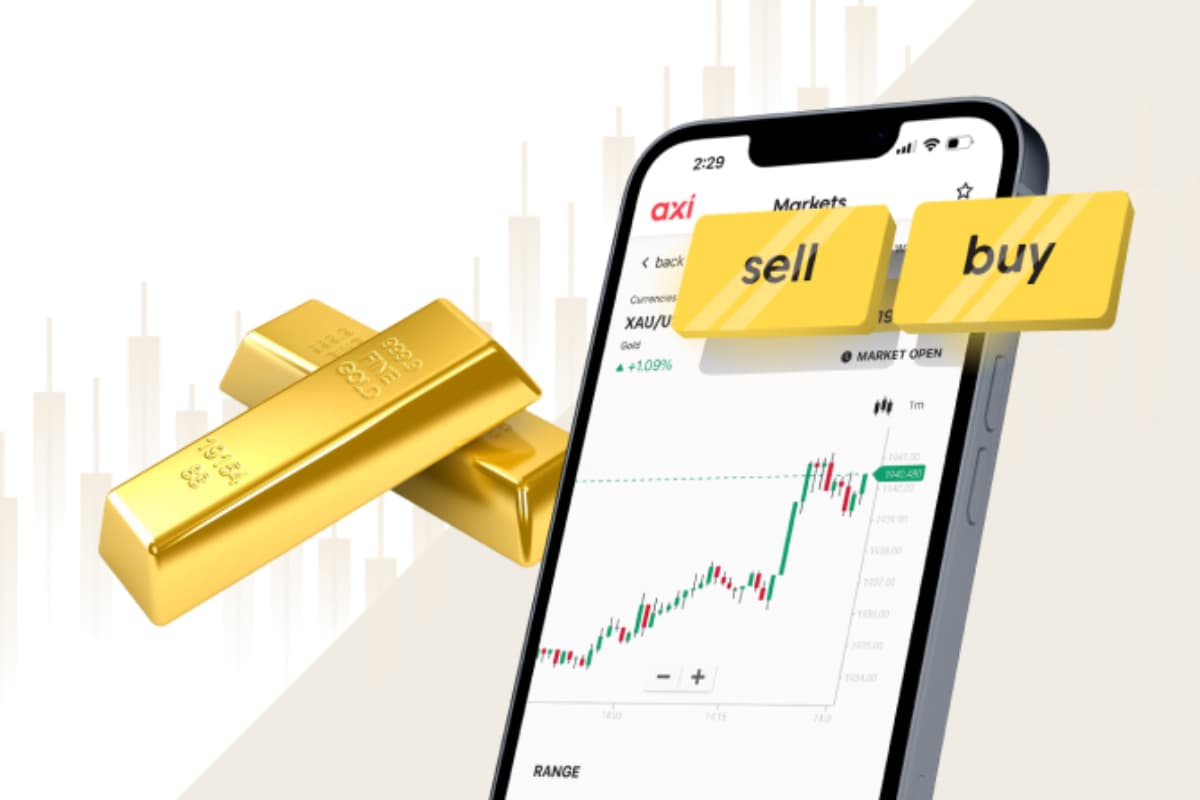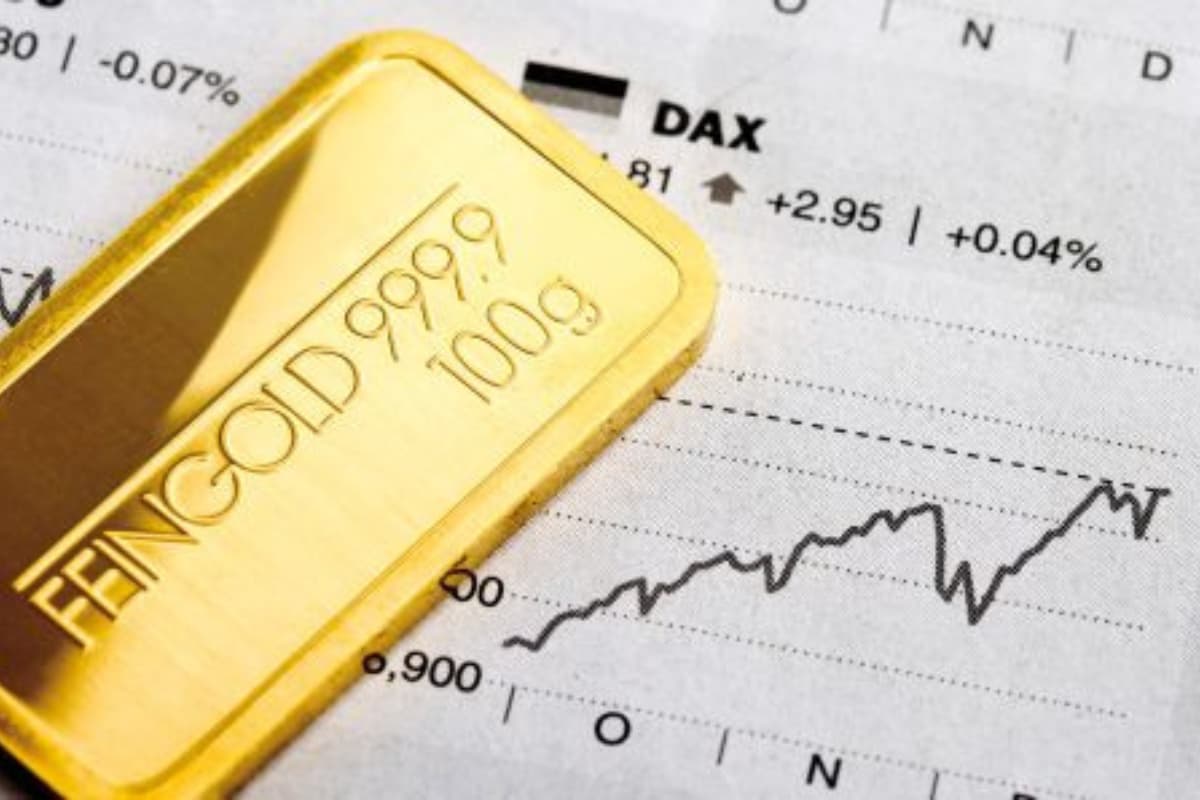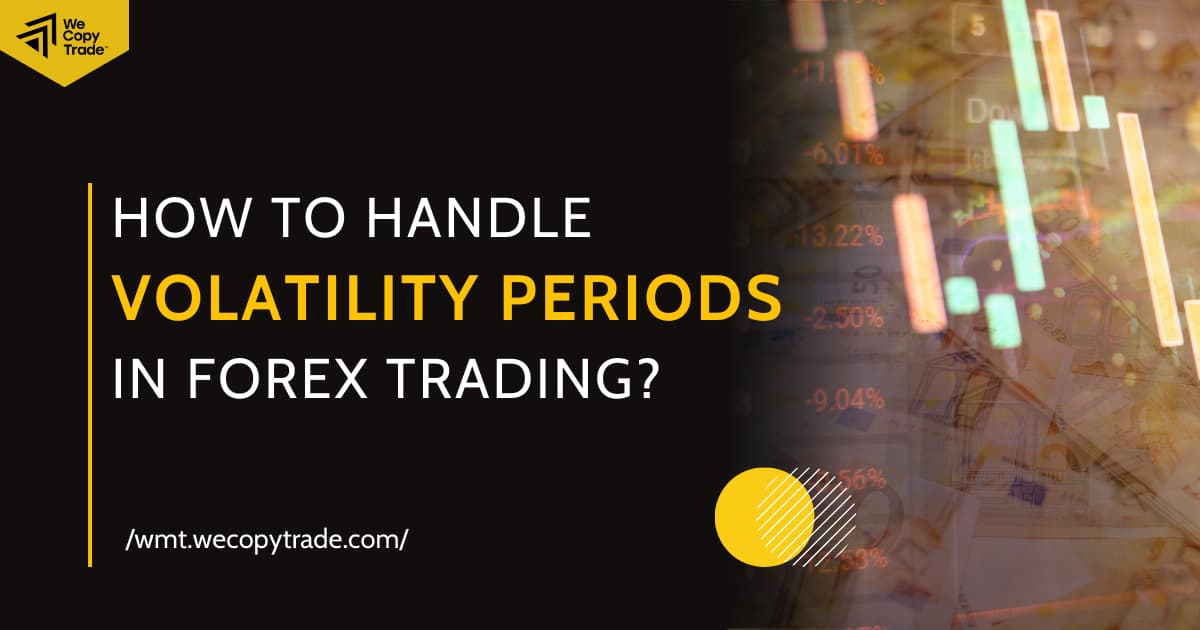
Many traders keep a close eye on the gold market to try and profit from short-term price movements. By paying attention to gold trading signals, they may know when prices may be heading up or down. Certain experts and analyst groups provide these signals as tips to help traders decide when could be a good time to buy or sell gold.
In this article, we will explore what gold trading signals are, benefits of using them, and how to leverage these signals for profitable trades.
Understanding Gold Trading Signals
Gold trading signals can help traders who want to invest in gold. These signals provide tips on whether the price of gold may go up or down at certain times. They give advice from analysts who watch how gold reacts to things like economic news, political events, and currency changes.
The analysts study charts and numbers to spot patterns that might predict if gold will increase or decrease in value. Their gold trading signals then notify traders about chances to buy gold when it may get more expensive, or sell it when it appears to be heading lower in price.

Types of Gold Trading Signals
There are three main types of gold trading signals, including:
- Technical signals look at charts and numbers from past prices of gold. Things like Moving Averages (MA), Relative Strength Index (RSI), Moving Average Convergence Divergence (MACD), head and shoulders, triangles, and trendlines can help traders predict if prices will go up or down soon.
- Fundamental signals: Economic factors that affect gold, such as inflation, interest rates, how the economy is doing, and world events, provide signals. Gold prices often change when these things change.
- Sentiment-based signals: Signals based on how traders are feeling overall, not just past prices. Reports on who is buying and selling, surveys of trader opinions, and what news articles say about gold sentiment can signal if prices may be headed in the direction most people are not expecting soon.
Sources of Gold Trading Signals
Gold traders can access gold trading signals from various sources:
- Professional signal providers: Companies that research gold prices and the economy provide signal subscriptions. You can pay to receive timely recommendations from the experts.
- Reputable trading platforms: Many online trading platforms have built-in signal tools. You can customize the tools to give alerts based on the types of trades they like to make.
- Making your own: You can also develop signals on your own using technical analysis tools, charting programs, and data on gold and the economy.

Benefits of Using Gold Trading Signals
Taking advantage of gold trading signals brings traders a lot of benefits:
- Time-saving and convenient: Signals provider suggestions on when to buy and sell gold so traders do not have to spend a lot of time researching. This makes trading more efficient.
- Enhanced decision-making: The signals help traders know when are good times to make trades and reduce guesses, which can lead to better choices and results.
- Time efficiency: Traders can save time as signals are from analysis already done by others, instead of traders having to study gold prices and the economy themselves.
- Access to expert insights: The signals often come from professionals who closely watch gold markets. Traders can gain an expert perspective they may not have on their own.
How to Leverage Gold Trading Signals
To effectively interpret gold trading signals for profitable trades, traders need to:
Combine signals with analysis
The first important thing is to combine signals with analysis. Do not just follow the signals alone. You also need to use your own study of gold charts, economics reports and trader thoughts along with what the signals say. Pay attention to support and resistance levels, trends, and indicators to gain deeper insight. Having both can give you a more comprehensive picture for successful trades.

Set clear entry and exit points
When a signal flags a potential buy or sell, you need to determine the exact price at which you will enter the trade. Also set a price to exit, whether you have made money or cut your losses. This makes sticking to your set plan simpler. It also allows you to secure profits while limiting the downside if the trade goes against you.
Keep these levels realistic based on how market forces could reasonably affect gold’s price.
Monitor market conditions
It is also critical to monitor market conditions. You need to always keep watching what is happening with factors influencing gold prices such as the economy, global issues that could change market trends. That way, you can change your trades if signals shift too.
In addition, you need to be aware of technical indicators showing if the rally or slump sinaled may be ending soon. Monitoring the big picture can help avoid pitfalls from unforeseen events disrupting predictions. Staying informed helps make sure you do not miss opportunities or get stuck in losing positions.
So in summary, using signals together with your own analysis, clear trading guidelines, and by keeping an eye on market changes helps traders benefit most from the info provided to time their gold market buys and sells strategically.
Extra Tips for Maximizing Profits with Gold Trading Signals
If you want to make the most money possible using gold trading signals, here are a few tips that could help you:
- Stay informed and stay ahead: Signals provide up-to-date information on gold price movements and trends so traders can make smart decisions and get an edge over others.
- Set clear objectives: Traders should think about what their goals are for short or long term gains before beginning, and signals can help match strategies accordingly.
- Mitigate risks with stop-loss and take-profit levels: Signals give the levels traders should use to limit losses and lock in wins, helping reduce risk in their trades.

- Diversify your portfolio: Signals cover different markets like Forex and indices related to gold, allowing traders options to spread out their risk across various investments.
- Continuous learning and adaptation: Markets change all the time, so traders must keep learning from signals but also study new developments to stay ahead and adjust successfully over time.
Common Mistakes to Avoid When Using Gold Trading Signals
Here are some of the most common mistakes when leveraging gold trading signals:
- Just following signals without thinking: Do not blindly trade on signals without figuring out why they were given. Do your own research too.
- Relying on signals too much: Signals should help, not be all you use to trade. Have your own strategy that also looks at charts and updates.
- Forgetting about risk: It is important to have rules to limit losing trades. Use stop-losses so if you are wrong you do not lose too much.
When using gold trading signals, be careful not to simply copy what you see without understanding. Make the signals part of an overall plan that also uses your own analysis. And remember to always watch your risk, so you protect your money even if the signals are not perfect every time.
Final Words
In conclusion, if you use gold trading signals properly, you can make well-informed decisions. It is crucial to understand the context behind signals and incorporate them into a comprehensive strategy. You should also set clear rules around entries, exits, and risk management. Ultimately the goal is to leverage all available resources, like signals, to make successful and profitable trades.
For further trading tips and advice, please visit WeMasterTrade Blog.





